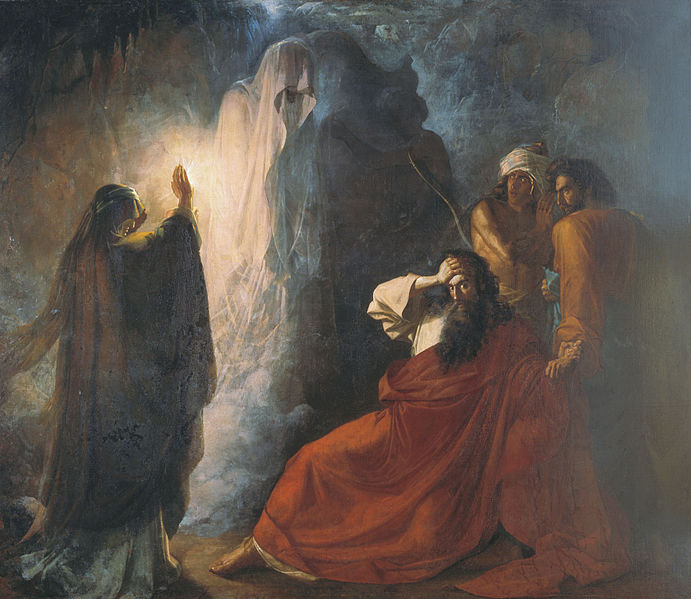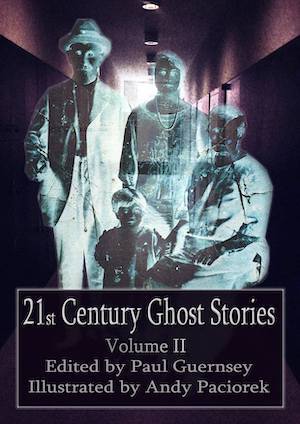The Bible Contains Surprisingly Few Ghost Stories
One particularly impressive aspect of humankind’s obsession with ghosts is that for over two millennia it has persisted and even flourished in Western literature and other forms of culture in spite of the fact that ghosts play no significant role in any of the Western Hemisphere’s three great religions: Judaism, Islam, or Christianity. Islam, for its part, teaches that there are no ghosts—ghostlike occurrences being attributed to other sorts of demonlike supernatural beings called jinns—while Christian teachings leave no room for the possibility of earthbound spirits: The souls of the dead go either to Heaven or Hell, or—in the case of the Catholic religion—possibly to Purgatory. (While officials of the Catholic Church do perform exorcisms to free people from supernatural affliction, these rituals are always meant to cast out demons—which never were human—rather than the disembodied spirits of the dead.)
As for the Jewish religion, ghosts are all but ignored in that great and ancient work of literature known as the Old Testament. The one notable Old Testament ghost reference occurs in Samuel 28:7-20 when King Saul, feeling himself abandoned by God, disguises himself as a beggar and visits the Witch of Endor. He asks the witch to summon the spirit of the prophet Samuel, from whom he desires a prediction concerning the outcome of his upcoming battle against the Philistines. (The Odyssey probably predates the writing and compilation of the Old Testament, and it is interesting to note that King Saul’s desire to speak with the spirit of Samuel is so similar to Odysseus’ need to speak with the dead soothsayer, Teiresias.)
Some contemporary Christian scholars argue that Saul’s visit to the Witch of Endor is not a ghost story: That while a ghostly-looking Samuel did appear to Saul, the apparition was actually that of a demon or a fallen angel rather than the authentic spirit of the dead prophet. The controversy undoubtedly will remain unresolved. . . .
The New Testament, meanwhile, contains only denials of ghostly apparitions: The gospels report that on two occasions—when Jesus walked on the Sea of Galilee, and then again following his resurrection—his disciples were frightened of him, thinking that he might be a ghost. Both times, Jesus assured them that he was not:
They were startled and frightened, thinking they saw a ghost. He said to them, “Why are you troubled, and why do doubts rise in your minds? Look at my hands and my feet. It is I myself! Touch me and see; a ghost does not have flesh and bones, as you see I have.” (Luke 24:37-39, New International Version.)
Nonetheless, despite active and passive discouragement on the part of the organized religions, fear of the dead, along with the (possibly comforting) idea that in some way our departed friends and loved ones might continue to surround us and care about us, has endured in literature as well as in our popular culture. This persistence strongly suggests that the concept of ghosts comprises part of who we are as a species—that, regardless of whether we believe literally in any sort of afterlife, the human subconscious swarms with imagery and associations concerning the spirits of the dead in a way that is primal, instinctual, and ineradicable.
The religions of the Eastern Hemisphere, meanwhile, are much more encouraging to the idea of ghosts than those of the West. . . .


